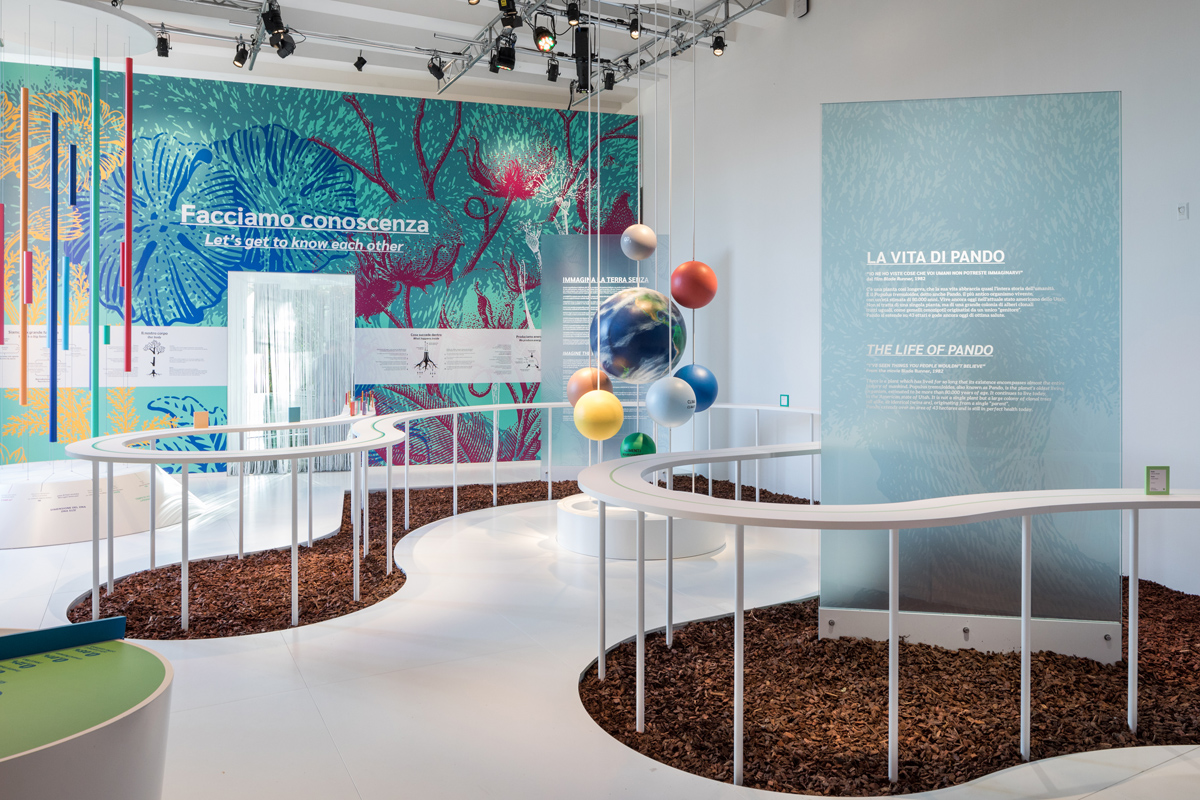Leggi questo post in Italiano
The XXII Triennale of Milan will open on friday, March 1, Broken Nature is dedicated to sustainability and environment topics.
We could be the winners of a sort of hypergalactic lottery, we have to take care of our Earth! There are researches and projects on display that can change our approach to the environment. More than 70 nations represented, the largest and most powerful? The plants nation! We have so much to learn from them!
The Triennale has always been an event where to discuss the future: in 1947 it was about the living, in 1951 the industrial production, in 1960 education, in 1964 free time, in 1968 the massification of goods, products and individuals. In 1988 it was about the future of cities and overpopulation, in 1992 of the environment – even before the Kyoto Protocol …
Today the XXII Triennale talks about the urgency of changing our lifestyle to reverse, or at least slow down, climate change: working on new materials, new ways to use materials we know, establishing a new relationship with nature. To really do something, it is necessary a democratic involvement. Change must affect everyone.

Paola Antonelli, the curator of the exhibition at the Triennale, hopes that the exhibition and the topics will reach a great public hoping to trigger a “chain reaction” in the everyday of everyone.
22 national pavilions and more than 70 nations represented by individual designers.
One nation is more special than the others, the largest, with the largest pavilion: the plants nation. Yes, plants world is compared to a nation. The exhibition is curated by the most important and famous plant neurobiologist, Stefano Mancuso.
The whole animal kingdom, including humans, is only 0.03% of the living matter on planet Earth. Mushrooms are six times more numerous and the plants are 85%.
“Plants have existed on Earth for much longer than humans, have adapted better, and will probably survive our species: in their evolution they have found efficient, and not predatory solutions, to the ecosystem in which they live.” Stefano Mancuso
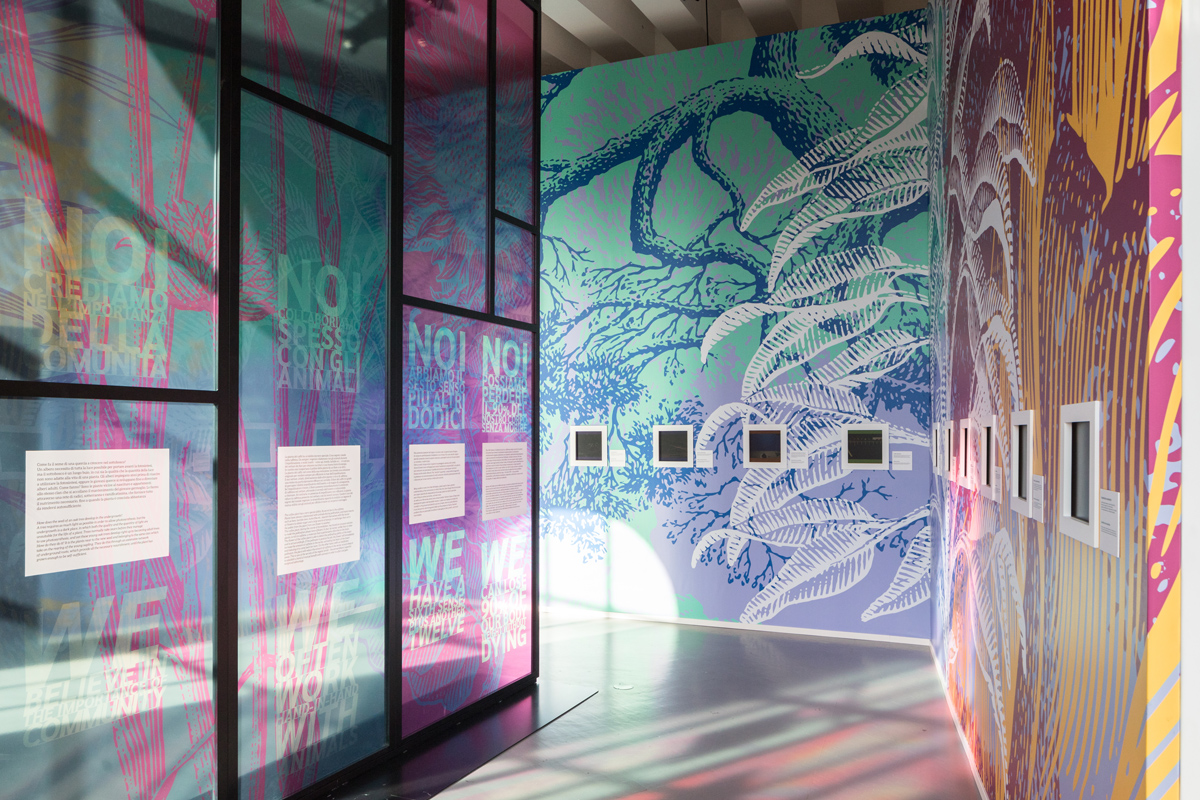
We think there may be other life forms on other planets, but at the moment they are just theories. As far as we know today, we are the lucky winners of a hypergalactic lottery. For this reason we must be grateful and change our attitude towards the planet, to save it.
Design plays a fundamental role: it can mend the compromised relationship between man and nature. March 15th will be the #climastrike, the global strike of young people for the climate. On this occasion, the Triennial will be open for free to students and will be an opportunity to listen to their opinions.
With Broken Nature the Triennale presents an exhibition not easy to visit, you will often find yourself not understanding what you are looking at, the captions and signs are essential to appreciate individual projects but if you have the time and the desire to read, you will discover amazing research.
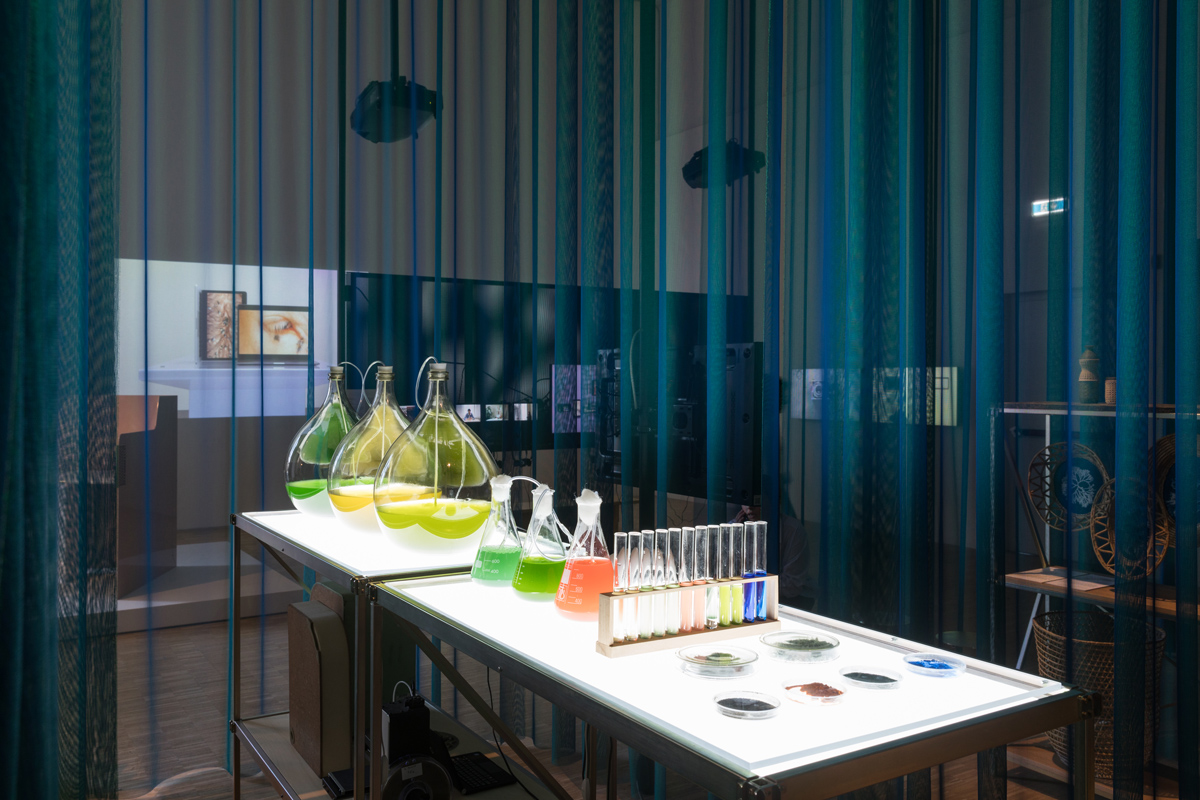
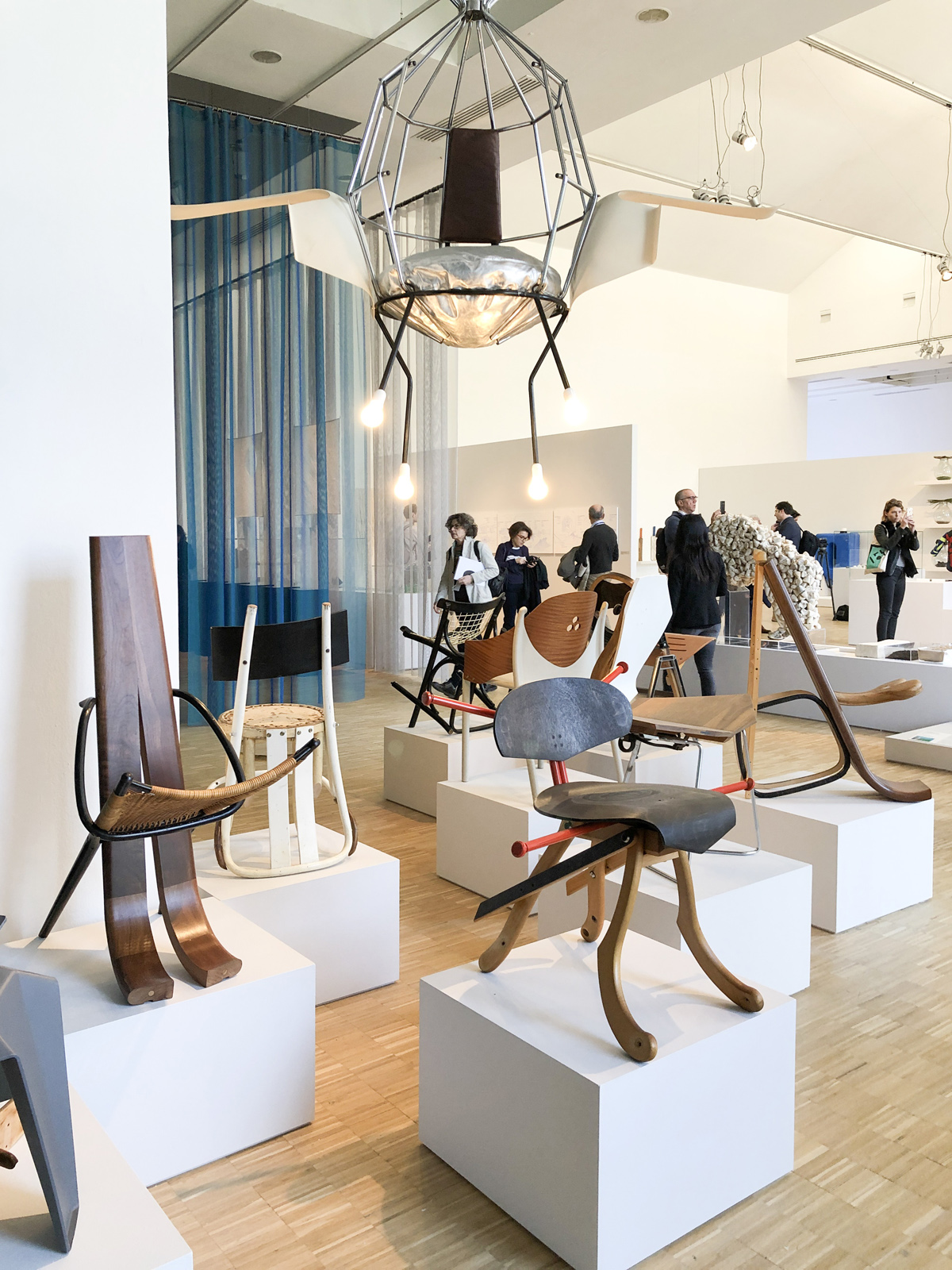
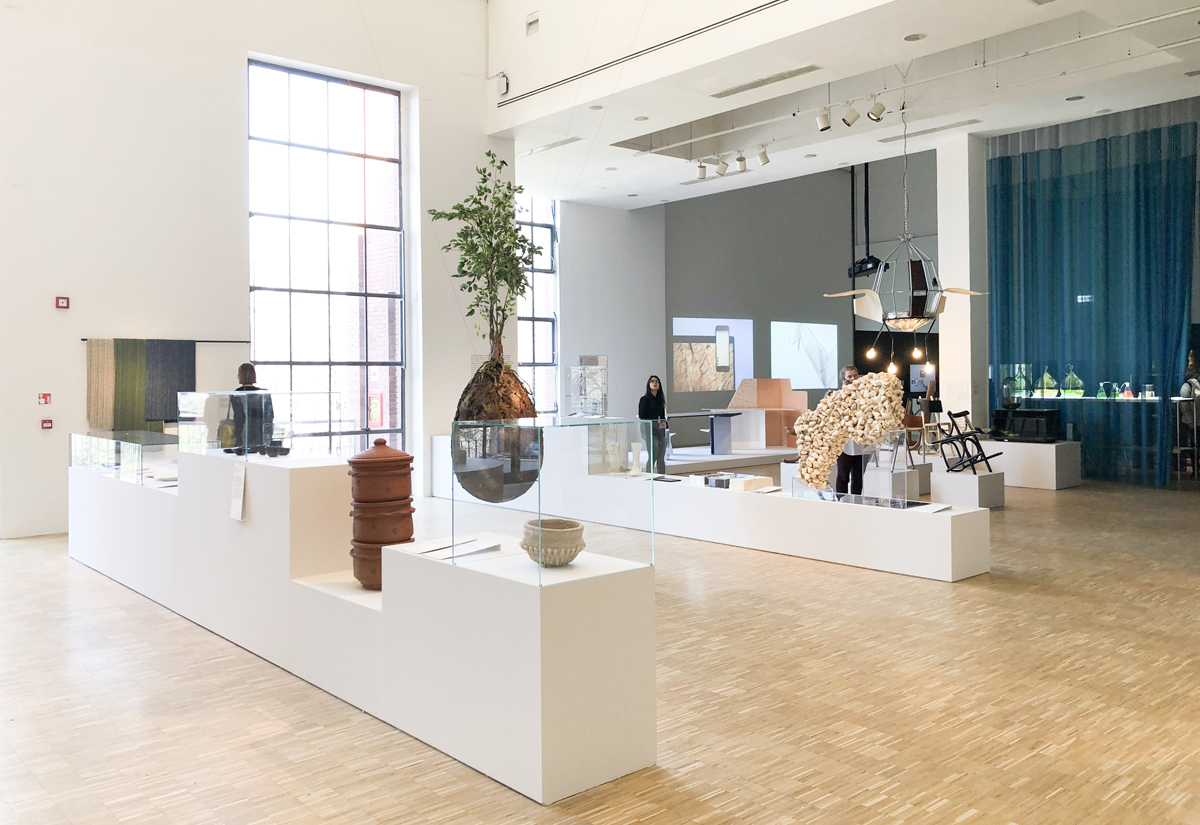
Aluminum stools made from the recycling of cans, silkworms and termites used to create structures, mushrooms used to join components, algae used as textile fibers, waste transformed into new materials… many ideas, important researches that can really change the world.
“Designers can inspire citizens to be critical of their shared experiences and to take action to create better conditions for everyone. (…) Even to those who believe that the human species will become extinct in a (next? remote?) future, design offers the tools to design a more elegant end. It can help us to make the next dominant species remember us with respect as dignified, responsible, and intelligent beings.” Paola Antonelli, curatrice Broken Nature
XXII Triennale di Milano
Broken Nature: Design Takes on Human Survival
1 March – 1 September 2019
Photo 1-3-4 Gianluca Di Ioia

